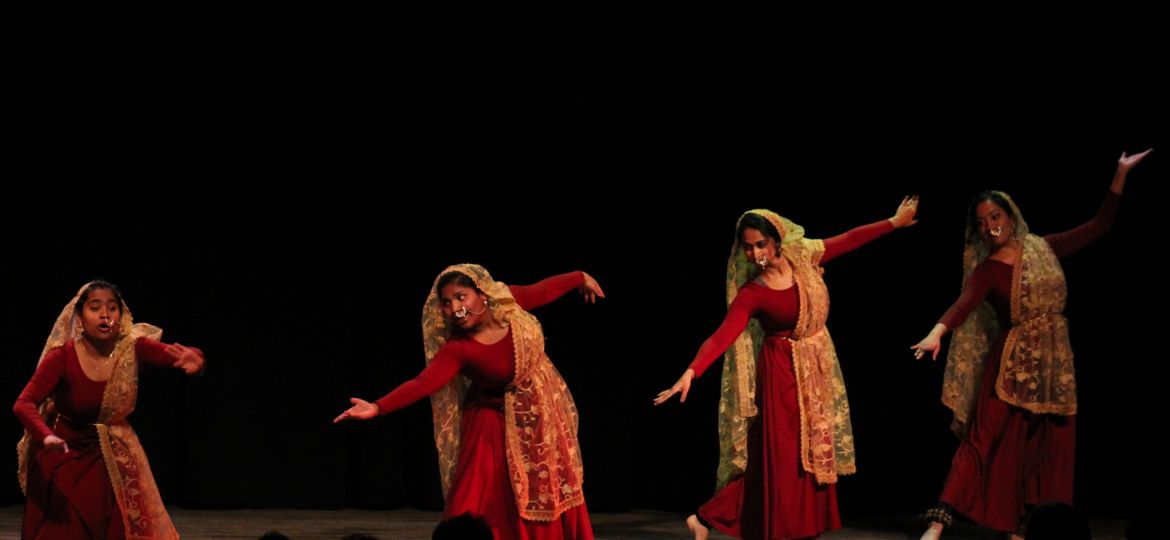
Celebrate South Asia! delivers powerful, entertaining evening of culture and dance
Every year I enjoy seeing Omkara, presented by Celebrate South Asia! (CSA!). Omkara is a celebration of South Asian culture and is depicted through dance, spoken word and song. This year’s theme for the event was “challenging our narratives.”
The moment I walked into the Pause Mane Stage, I was met with the excited buzz of people awaiting the start of the event. On the main floor were long rows of tables where audience members sat to watch the show. I thought this seating arrangement provided a great opportunity for people to engage and interact with each other.
At the beginning of the event, members of CSA! said they are looking for donations to The Citizens Foundation (TCF) this year. TCF is one of Pakistan’s leading non-profit organizations in the field of education for the less privileged.
Omkara is an intricate, beautiful celebration of self-expression and diversity of various South Asian cultures. I’m always impressed by how smoothly the show runs and how well-rehearsed the students are in their choreography. This event primarily consists of various dances, which makes it very engaging to watch.
The “Classical Dance,” choreographed by Namrata Khanvilkar ’21 and Shreya Raghavan ’20 brought a story of Goddess Sita to life. The dancers were dressed in bright red and gold dresses. They flowed beautifully together, like angels, and I was truly impressed by the stunning stage pictures that this dance painted on stage.
“Attan,” a form of dance that originated in Afghanistan and was choreographed by Rida Ali ’21, was also engaging. In this one, the dancers were holding scarves and had slow, gliding movements. They danced in a circle as they spun together effortlessly.
A dance that was a clear crowd favorite was the “Dandruff Song” which was choreographed by Ghanashyam Unnikrishnan ’20. It consisted of a group of boys who danced a more modern dance in complete synchronization. They were clearly having fun on stage, and prompted loud cheers and laughs from the audience.
There was also a beautifully haunting “Spoken Word” performance that depicted a picture of the people of Kashmir.
The “Musical Medley” that included voice, piano and a classic Indian musical instrument called the tabla was also wonderful.
What was so amazing about this Omkara event was how much practice went into every performance to make it a true celebration. The comedic commentary between the MCs and the delicious Indian food provided at the end was also a great touch.
During the finale of Omkara, the musical sounds and dances of Bollywood filled the stage. Members of the event orchestrated a flash mob which engaged the audience. Personally, I found the music to be so infectious that I got up and danced too, becoming a part of this event that celebrates the diversity of South Asian culture.









